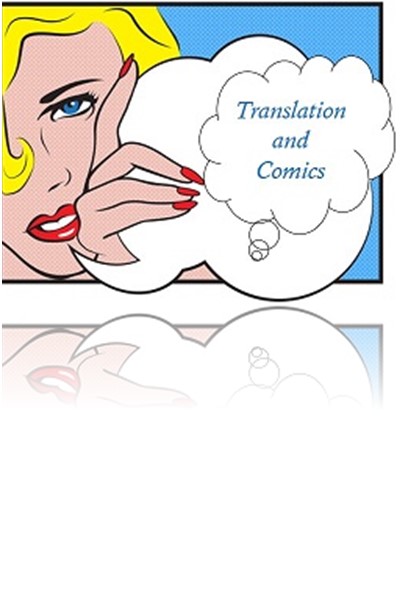Exploring the Links Between Comics Translation and AVT
DOI:
https://doi.org/10.21992/T9XK9XKeywords:
Translation, Comics, Audiovisual Translation, Calvin and HobbesAbstract
For a very young but steadily developing subfield of Translation Studies such as the translation of comics it seems only natural to look to other research areas within the discipline for inspiration and research methods. This is also one of the aims of the present article, which will attempt to point to certain similarities between comics translation and the subdiscipline of Translation Studies known as AVT (Audiovisual Translation) and the field of subtitling in particular. Both films and comic books are multimodal texts based on the interplay between the verbal and the visual. What is more, both films and comic books are primarily based on dialogue, which is nevertheless transcribed and communicated in writing in both subtitled films and translated comics. Text will, in both cases, usually appear in clearly specified areas, that is at the bottom of the screen (with some exceptions) in subtitled films, and in speech balloons (with some exceptions) in the case of comics. Furthermore, text may be condensed due to the existence of spatial and technical constraints, such as the limited number of characters that may appear at the bottom of the screen or the size of speech balloons and the type of the lettering employed in the case of comics. It is particularly the latter aspect, that is textual condensation related to both spatial constraints and the multimodal character of comics, that the article will focus on, investigating the first Polish translations of Calvin and Hobbes comic strips created by the American cartoonist Bill Watterson.Downloads
Published
Issue
Section
License
Authors who publish with this journal agree to the following terms: a.Authors retain copyright and grant the journal right of first publication with the work simultaneously licensed under a Creative Commons Attribution License that allows others to share the work with an acknowledgement of the work's authorship and initial publication in this journal. b.Authors are able to enter into separate, additional contractual arrangements for the non-exclusive distribution of the journal's published version of the work (e.g., post it to an institutional repository or publish it in a book), with an acknowledgement of its initial publication in this journal. c.Authors are permitted and encouraged to post their work online (e.g., in institutional repositories or on their website) prior to and during the submission process, as it can lead to productive exchanges, as well as earlier and greater citation of published work (See The Effect of Open Access).



